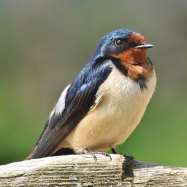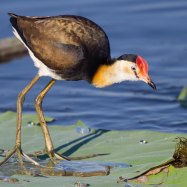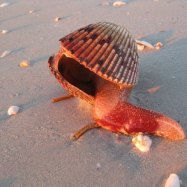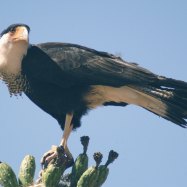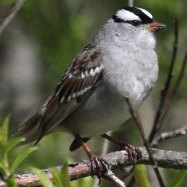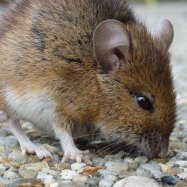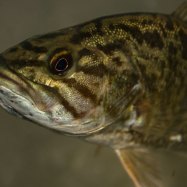
Rove Beetle
2-25 mm
The Rove Beetle, from the Staphylinidae family, is a common insect found worldwide. With a long and narrow body measuring 2-25 mm, it is easily recognized by its short elytra. Despite being small, these beetles play an important role in their ecosystem, feeding on decaying matter and helping to recycle nutrients back into the soil. Next time you spot one of these fascinating creatures, make sure to take a closer look and appreciate their vital role in nature. #RoveBeetle #Staphylinidae #EcosystemHelpers
Animal Details Summary:
Common Name: Rove Beetle
Kingdom: Animalia
Habitat: Various habitats including forests, meadows, and wetlands
The Fascinating Rove Beetle: A Master Predator of the Insect World
The world of insects is incredibly diverse and fascinating, with over a million identified species. Among them, the Rove Beetle, with its scientific name Staphylinidae, stands out as one of the most widespread and intriguing creatures. With its unique physical attributes and impressive predatory abilities, the Rove Beetle has captured the attention of entomologists and nature enthusiasts alike. In this article, we will dive deeper into the world of the Rove Beetle, from its habitat and behaviors to its impressive physical characteristics Rove Beetle.An Introduction to the Rove Beetle
The Rove Beetle belongs to the family Staphylinidae, with over 63,000 species identified worldwide. They are commonly known as Rove Beetles due to their long and narrow body shape, resembling a ship's rowing oar. This beetle can vary in size from 2 to 25 mm, making it one of the smallest members of the beetle family. Despite their small size, these beetles play a significant role in the ecosystem, as they are essential predators in the insect world.Classification and Distribution
The Rove Beetle belongs to the Kingdom Animalia, Phylum Arthropoda, Class Insecta, and Order Coleoptera, which includes all beetles and weevils. They are widely distributed worldwide, from North America to Australia, with the majority of species found in tropical and temperate regions. Although some Rove Beetles have adapted to specific habitats, many species are found in a variety of environments, including forests, meadows, and wetlands.Habitat and Adaptations
One of the most remarkable things about the Rove Beetle is its ability to adapt to various environments. They are found in almost every habitat, from caves and deserts to coastal areas and even the Arctic tundra Red Racer Snake. However, some species have developed specific adaptations to thrive in their habitats, such as those living in caves, which have evolved to be blind and lack wings due to their dark environment.One of the most striking adaptations of the Rove Beetle is its ability to fly. While most beetles have hardened forewings called elytra that protect their delicate wings, the Rove Beetle's elytra are noticeably shorter than its body, allowing it to fold its wings underneath. This ability to fly gives them an advantage over their prey and helps them escape from predators.
Feeding Habits
Rove Beetles are true predators, feeding on a variety of insects such as flies, mites, and beetles. Their diet also includes decaying plant and animal matter. These beetles are constantly searching for food, and their long and slender body shape gives them the advantage of maneuvering easily through leaf litter and cracks in tree bark to catch their prey. Their predatory behavior makes them an essential part of the insect food chain, helping to keep pest populations in check.Physical Characteristics
The Rove Beetle's body is long, slim, and agile, making them easily identifiable. They range in color from dark brown to black, with some species having a metallic sheen. This coloration serves as camouflage, blending in with the environment and allowing them to remain undetected by both prey and predators.One of the most distinct features of the Rove Beetle is its short elytra, covering only a small portion of its body, with the abdomen exposed. This unique physical characteristic has given rise to their nickname "stilt bugs" due to their resemblance to insects walking on stilts. The exposed abdomen is lined with rows of glands, used to secrete a powerful defense chemical called staphylinidin, which has a strong odor and is highly irritating to predators.
The Role of Rove Beetles in the Ecosystem
As predators, Rove Beetles play an important ecological role in maintaining the balance of insect populations. They feed on many insect pests that can damage crops and cause economic losses. This natural pest control is hugely beneficial to farmers, making Rove Beetles an essential insect for agricultural production. Their role in the ecosystem also extends to decomposition, as they feed on decaying organic matter, helping to break down and recycle nutrients back into the soil.Rove Beetles and Humans
The Rove Beetle is typically perceived as harmless and beneficial to humans due to their role in pest control. However, some species are known to be pests themselves, feeding on stored food and damaging crops. These beetles are also attracted to lights, leading to occasional infestations in homes and buildings.In traditional medicine, the Rove Beetle has been used in some cultures to treat skin diseases and arthritis, where crushed beetles are applied to the affected area. However, care should be taken when handling these beetles, as their chemical defense mechanism can cause skin irritation in humans.
The Threats to Rove Beetle Populations
While Rove Beetles are widely distributed worldwide, their populations are facing several threats, primarily due to human activities. Habitat destruction, particularly wetlands and forests, has led to a decline in certain species' numbers. The use of pesticides in agriculture is also a significant threat to Rove Beetles, as they often come into contact with these chemicals when hunting for prey.Additionally, light pollution and climate change are affecting their behavior and reproductive patterns. As nocturnal predators, light pollution can disrupt their hunting and mating activities. Climate change may also impact their distribution, as they are adapted to specific temperature and humidity conditions.
The Role of Natural Language Processing (NLP) in Studying Rove Beetles
With the advancement of technology, researchers can explore new methods of studying insects using Natural Language Processing (NLP). This field of computer science focuses on the interaction between human language and computer systems. NLP technology can efficiently extract relevant information from thousands of scientific articles on Rove Beetles, helping researchers gain a deeper understanding of their behavior and distribution.Additionally, NLP can also aid in species identification by analyzing the characteristics and genetic data of different species. This technology can help detect similarities between Rove Beetle species and provide valuable insights into their taxonomy and evolution.
The Future of Rove Beetles
As with all living creatures, the future of Rove Beetles depends on the actions we take now to conserve their habitats and protect their populations. Awareness and education are crucial to understanding the importance of these insects in the ecosystem and the impact of human activities on their survival. With proper conservation efforts and the use of innovative technologies like NLP, we can ensure a brighter future for these incredible insects.In conclusion, the Rove Beetle may seem like a small and unremarkable creature, but they play a vital role in our environment. Their unique physical adaptations, agile movements, and impressive predatory abilities make them one of the most fascinating insects to study. As we continue to advance technologically and understand more about the natural world, we can gain a deeper appreciation for these tiny creatures and the essential role they play in maintaining the balance of our ecosystem.

Rove Beetle
Animal Details Rove Beetle - Scientific Name: Staphylinidae
- Category: Animals R
- Scientific Name: Staphylinidae
- Common Name: Rove Beetle
- Kingdom: Animalia
- Phylum: Arthropoda
- Class: Insecta
- Order: Coleoptera
- Family: Staphylinidae
- Habitat: Various habitats including forests, meadows, and wetlands
- Feeding Method: Predatory
- Geographical Distribution: Found worldwide
- Country of Origin: N/A
- Location: N/A
- Animal Coloration: Varies, usually dark-colored
- Body Shape: Long and narrow with short elytra
- Length: 2-25 mm
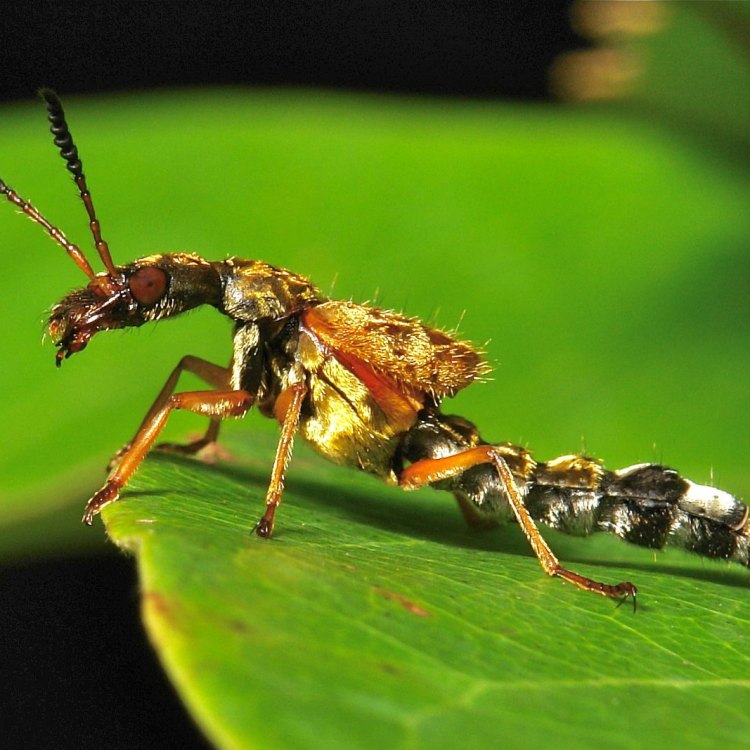
Rove Beetle
- Adult Size: Varies, usually small to medium-sized
- Average Lifespan: Up to 1 year
- Reproduction: Sexual
- Reproductive Behavior: Varies among species
- Sound or Call: N/A
- Migration Pattern: N/A
- Social Groups: Solitary
- Behavior: Active during the day, fast movers
- Threats: Habitat loss, pollution
- Conservation Status: Not evaluated
- Impact on Ecosystem: Important predators of other insects
- Human Use: N/A
- Distinctive Features: Long abdomen, short elytra
- Interesting Facts: Rove beetles have highly specialized mouthparts adapted for feeding on other insects.
- Predator: Birds, reptiles, amphibians, other insects
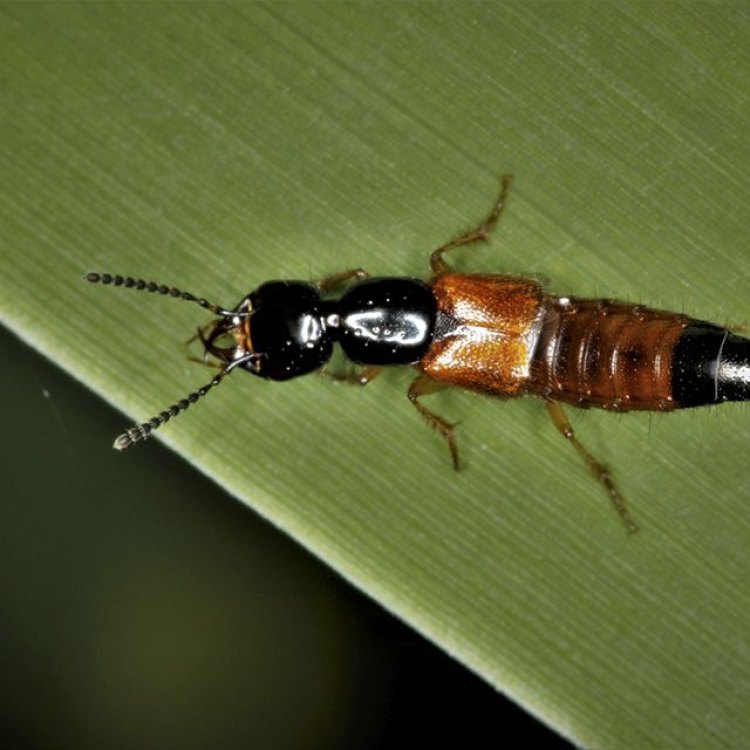
Staphylinidae
Exploring the Fascinating World of Rove Beetles
Hidden in the leaf litter, burrowing in the soil, or darting through the grass, rove beetles (family Staphylinidae) are often overlooked but play an important role in our ecosystems. These small to medium-sized beetles are found all over the world, with over 60,000 known species. While some may view them as just another creepy-crawly, rove beetles have unique features and behaviors that make them a fascinating group of insects.A Varied Adult Size and Short Lifespan
The adult size of rove beetles varies among species, with some being as small as 1 PeaceOfAnimals.Com.5 mm and others as large as 35 mm. Despite their small size, these beetles can be easily spotted due to their distinctive long and slender abdomen, giving them a unique appearance compared to other beetles. With such a wide range of sizes, it's no wonder that rove beetles can be found in a variety of habitats, from forests and grasslands to urban areas.Despite being relatively small, rove beetles have an average lifespan of up to one year. While this may seem short, it is actually quite long for an insect, as many species have a lifespan of just a few weeks or months. This longer lifespan allows rove beetles to have multiple reproductive cycles, ensuring the survival of their species.
An Intriguing Reproductive Behavior
As with many insects, rove beetles reproduce sexually. However, their reproductive behavior varies among species. Some species lay their eggs on leaves or in the soil, while others are known to engage in "maternal care" where the mother beetle guards and cares for her eggs until they hatch Rhea. In some species, the male beetle may provide the female with a gift of food or a mating dance to woo her. These unique behaviors demonstrate the complexity of these seemingly simple insects.Fast, Active, and Solitary
Rove beetles are fast movers and can often be seen darting around their habitats. Their long and slender bodies make them agile and quick, making it easier for them to hunt for prey or escape from predators. These beetles are also active during the day, making them easier for us to observe.Unlike other social insects such as ants or bees, rove beetles are solitary insects and do not form colonies or social groups. They prefer to live and hunt alone, only coming together for mating purposes.
Threats to Rove Beetles and Their Impact on Ecosystems
As with many other insects, rove beetles face threats from habitat loss and pollution. As human activities continue to impact the environment, these beetles lose their homes and food sources, making it difficult for them to survive. This not only affects the rove beetles but also has a cascading effect on other organisms in their ecosystem.However, rove beetles also play a crucial role in controlling insect populations, making them an important predator. Their diet primarily consists of other insects, making them an important part of the food chain. Without them, insect populations would explode, leading to instability in the ecosystem and potentially affecting other organisms, including humans.
Distinctive Features and Unique Adaptations
One of the most distinctive features of rove beetles is their long abdomen, which serves many purposes. It not only gives them a unique appearance but also holds their flexible wings and helps with balance and agility. This long abdomen is also an adaptation for their specialized mouthparts, which are adapted for feeding on other insects. These mouthparts are designed to pierce and suck out the inside of their prey, making them efficient predators.An Important Food Source for Other Animals
Despite being predators, rove beetles are also a vital food source for a variety of other animals. Birds, reptiles, amphibians, and even other insects prey on rove beetles. Their fast movements and ability to hide in small spaces can make them challenging to catch, but this makes them prey for agile predators who can snatch them up before they have a chance to escape.Human Use and Conservation Status
While rove beetles do not have any direct use for humans, they indirectly contribute to our ecosystems and help to control pest populations. Unfortunately, due to the vast number of species and lack of research, the conservation status of rove beetles has not been evaluated. However, with the increasing threats to their habitats, efforts must be made to conserve these essential predators and maintain the balance of our ecosystems.Interesting Facts About Rove Beetles
- Rove beetles have a unique defense mechanism where some species can discharge an odorous liquid to ward off predators.- Some species of rove beetles are bioluminescent, meaning they can produce light.
- In ancient times, rove beetles were believed to be a symbol of good luck.
- Some species of rove beetles are known to mimic other insects, such as ants, as a defense mechanism.
Final Thoughts
Despite their small size, rove beetles are a fascinating group of insects with unique features and behaviors. From their long abdomen and specialized mouthparts to their interesting reproductive behaviors, these beetles have adapted and evolved to thrive in a variety of environments. While they may not be as well-known as other insects, rove beetles play a crucial role in maintaining the balance of our ecosystems, making them an essential part of our natural world.
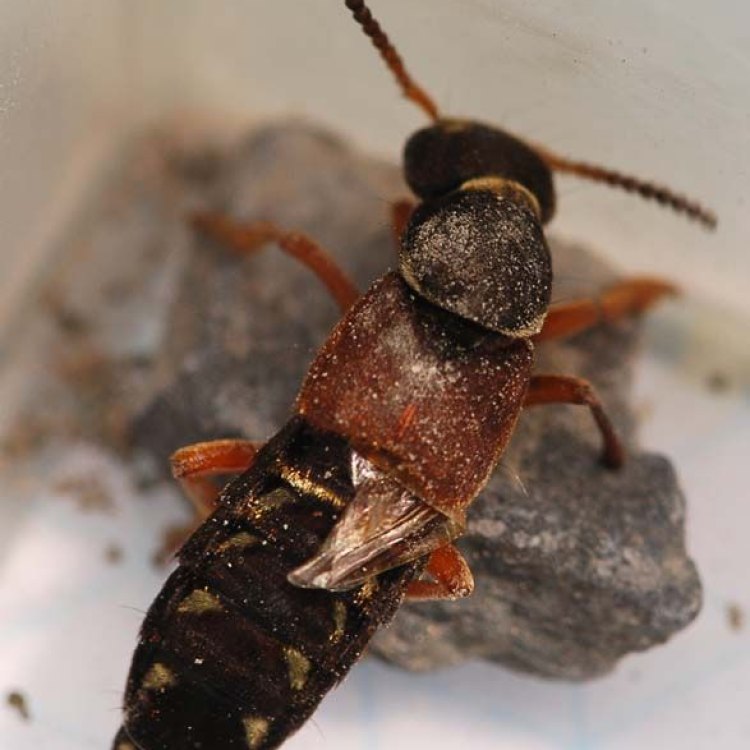
The Fascinating Rove Beetle: A Master Predator of the Insect World
Disclaimer: The content provided is for informational purposes only. We cannot guarantee the accuracy of the information on this page 100%. All information provided here may change without prior notice.



